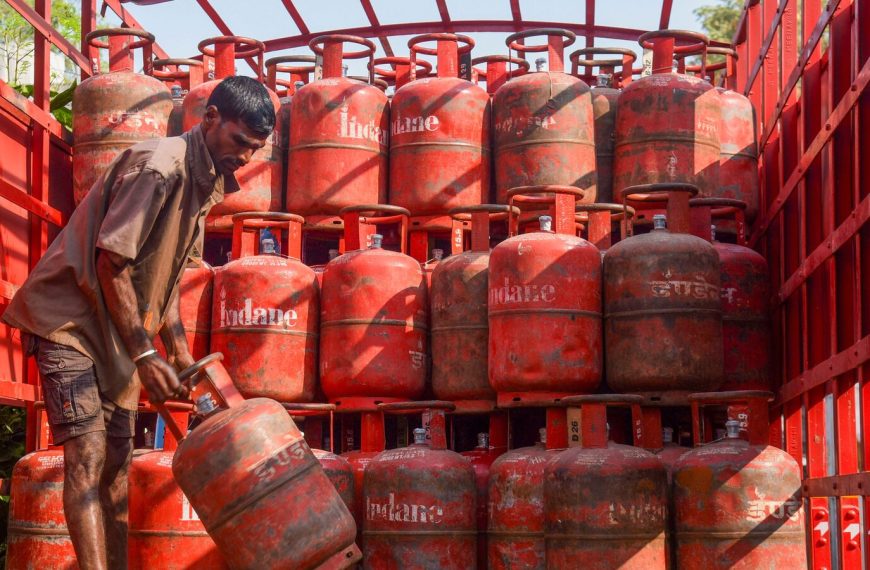India’s agricultural sector is poised to sustain or even enhance its export levels to the United States, despite the recent introduction of tariffs. Agricultural economist Ashok Gulati emphasized that while the U.S. has implemented a 26% tariff on Indian goods, this move may not significantly hinder India’s competitive edge. Instead, rival nations are facing even steeper tariff rates, which could work in India’s favor.
The Impact of U.S. Tariffs on Indian Exports
U.S. President Donald Trump has announced reciprocal tariffs affecting various countries, but the implications for India might be more favorable than initially perceived. According to Gulati, the focus should not solely be on the absolute tariff rates but rather on how they compare to those imposed on competitors.
- India’s tariff: 26%
- China’s tariff: 34%
- Vietnam’s tariff: 46%
- Bangladesh’s tariff: 37%
- Thailand’s tariff: 36%
- Indonesia’s tariff: 32%
Competitive Advantages for India
Gulati, who previously led the Commission for Agricultural Costs and Prices (CACP), highlighted that the differential advantage of 8% over China could help Indian exporters capture a larger share of the market. This is particularly relevant for products such as seafood, where the relative tariff advantage, combined with shrimp’s minimal impact on overall U.S. food spending, suggests that demand is unlikely to experience drastic declines.
Resilient Rice Exports
In the realm of rice exports, India remains competitive despite the elevated tariff rates. Current tariffs for rice entering the U.S. range from 9% to 11%, which positions India favorably against countries like Vietnam and Thailand, who face higher tariffs. This competitive landscape offers India a unique opportunity to expand its market presence.
Looking Ahead
As a chair professor for agriculture at the Indian Council for Research on International Economic Relations (ICRIER), Gulati points out that India is well-positioned to fill the gaps left by competitors burdened by higher tariffs. The outlook for Indian agricultural exports remains optimistic, suggesting potential growth in sectors that may benefit from this tariff scenario.
In conclusion, while challenges exist, India’s agricultural exports to the U.S. could see resilience and even growth, capitalizing on the disadvantages faced by competing nations. With strategic positioning, India may thrive in this evolving trade landscape.











